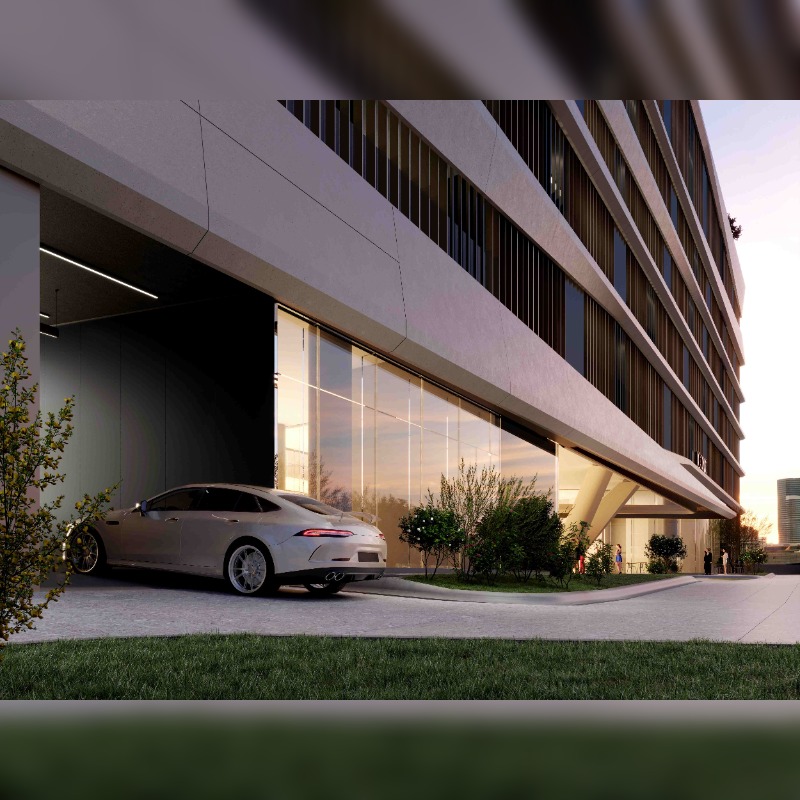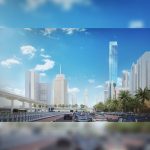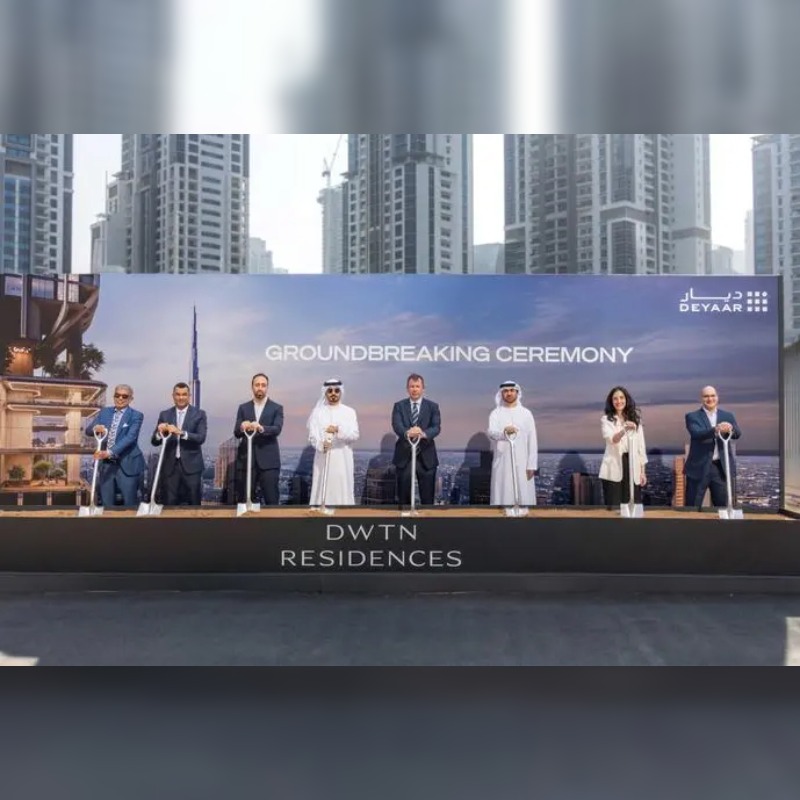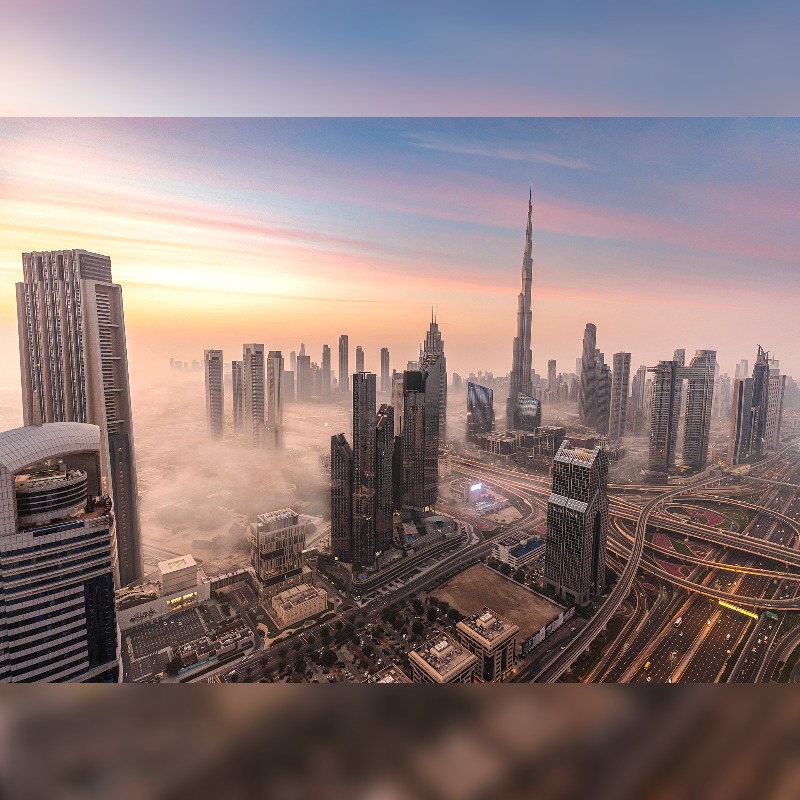
Six Elements That Attract European Buyers To UAE Luxury Real Estate
Dubai’s real estate market has seen a significant increase in interest from European buyers, particularly from countries such as France, Germany, the UK, the Netherlands, Sweden, Switzerland, Austria, Belgium, and Norway. This growing interest underscores Dubai’s appeal as a prime destination for individuals seeking luxury properties that align with their lifestyle, values, and long-term investment goals. In Q2 2024, the market achieved a record-breaking milestone with transactions totaling $34 billion, marking the highest volume and value ever recorded, according to Property Finder. Diana Nilipovscaia, CEO of MERED, highlights what European buyers typically look for when investing in luxury real estate in the UAE:
Investment Potential
The UAE luxury property market is not only renowned for its opulence but also offers compelling investment potential. European buyers, known for their discerning investment strategies, are drawn to the market’s high-end offerings due to the UAE’s favorable economic outlook, strategic location, and tax-free advantages. This tax-free regime is particularly advantageous compared to European countries where capital gains tax rates can reach up to 42%, making it an attractive choice for investors seeking both luxury and favorable financial conditions.
Prime Locations and Connectivity
Locations like Dubai Internet City, Emirates Hills, Palm Jumeirah, and Business Bay are highly sought-after by investors from Europe, for their blend of luxury and convenience. These areas offer stunning vistas and access to high-end amenities. For example, Dubai Internet City provides views of iconic landmarks such as Bluewaters Island and Jumeirah’s beautiful beaches, while serving as a bustling business hub. This proximity also provides convenient access to regional headquarters of major international firms in finance, technology, and luxury sectors, boosting business opportunities.
High Standards for Construction Quality and Design
EU investors are drawn to properties featuring high-quality finishes, bespoke interiors, and European architectural styles. For instance, upcoming projects like ICONIC Tower by MERED and Pininfarina showcase Italian reconstituted stone in kitchens and dining spaces sourced from Tuscany, renowned for its exceptional stone quality and craftsmanship. Moreover, such projects incorporate advanced engineering practices, including unique waterproofing systems that ensure longevity and reliability, appealing to discerning European investors seeking superior quality and innovation.
Sustainability and Eco-Friendly Features
The UAE’s commitment to sustainability, exemplified by initiatives like the UAE Vision 2021 and the Dubai Clean Energy Strategy 2050, mirrors the stringent environmental regulations found in countries like Germany. Developers should prioritize locally sourced materials, such as glass and metal sheets, and materials with low embodied energy to reduce energy consumption in production and transportation. This approach appeals directly to high-end European buyers seeking properties with energy-efficient systems and sustainable features.
Security and Privacy
The UAE’s robust security measures and reputation for safety provide a stable environment that resonates with European buyers seeking economic security alongside personal safety. According to the European Commission, on average, 25.3% of the EU population reported a low level of physical safety. Throughout Dubai, properties feature advanced security systems, 24/7 surveillance, and dedicated concierge services, ensuring both physical security and peace of mind. The emphasis on privacy in these developments also caters to European preferences, offering a secure and exclusive living environment.
Cultural Sensitivity and Adaptability
The UAE’s diverse community of over 200 nationalities fosters an inclusive atmosphere that embraces varied cultural preferences. This diversity allows real estate developers to offer customized living spaces that meet a wide range of cultural needs and preferences. Additionally, the global wellness tourism market is expected to expand to $1.3 trillion by 2025, driving demand for homes designed to promote well-being. Properties featuring natural lighting, improved air quality, biophilic elements, and ergonomic designs are particularly attractive in this evolving market.






